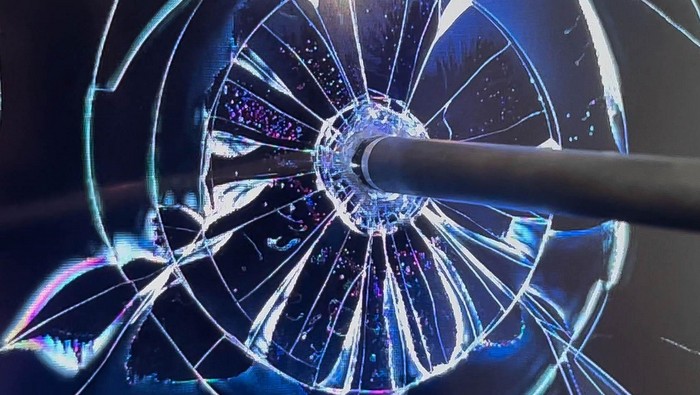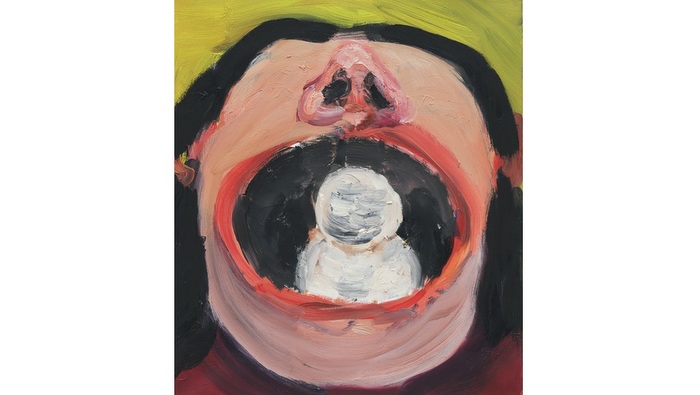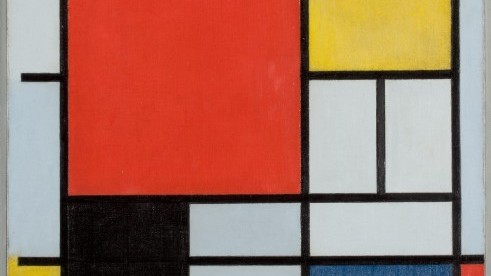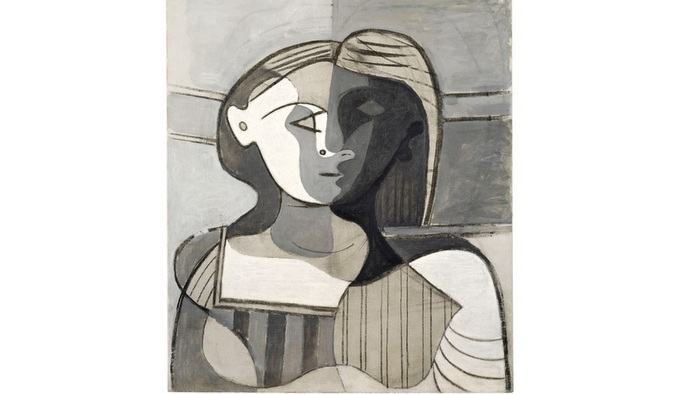Dutch painter Piet Mondrian (1872–1944) is famous for his astringent, geometric compositions in black and white with selected primary color fields in red, blue or yellow.
However, it is not commonly known that he started to paint landscapes and other figurative motifs in his early years as an artist, often staging them with a varied and surprising palette of colors. The Kunstsammlung Nordrhein-Westfalen presents the artist's path from his early endeavors in painting to his wholly abstract works and traces the connections between the different groups of paintings.

From the very beginning, Mondrian was in search of the ideal composition. In his view, this comprised the perfect balance of all pictorial elements. Mondrian readily came across motifs – windmills, lighthouses, the dunes by the sea and the water, etc. – in his homeland. The exhibition offers an insight into his work in the studio and his individual experimentation with colors and forms with the aid of Cubist stylistic elements before he embraced pure abstraction in the 1920s.
On the cover: Piet Mondrian, Composition with Large Red Plane, Yellow, Black, Gray, and Blue, 1921 (detail), Oil on canvas, 59.5 × 59.5 cm, Kunstmuseum Den Haag ©2022 Mondrian/Holtzman Trust
Spurce: Show On Show
Related Publications

Leo Pum presents HYPER LIKE at HYPER HOUSE
December 18, 2025
Aargauer Kunsthaus. Klodin Erb. Curtain falls dog calls
December 17, 2025












